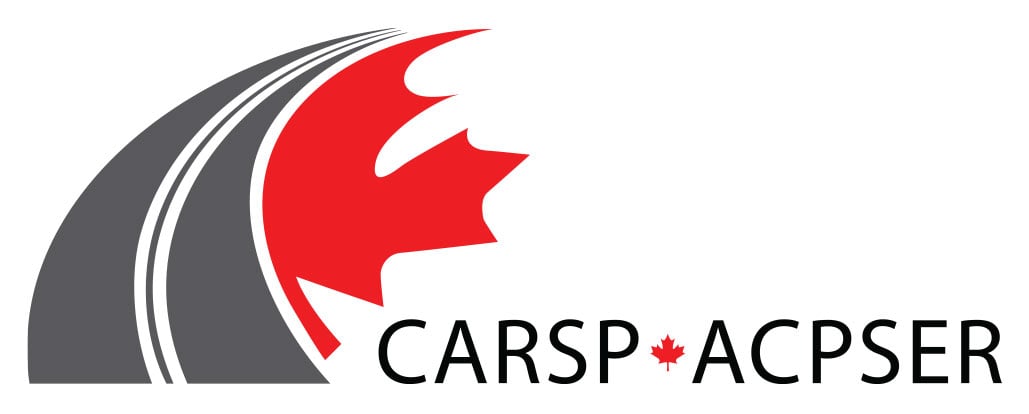A proactive lane-changing risk prediction framework considering driving intention recognition and different lane-changing patterns
Author(s): Shangguan, Fu, Wang, Fang, Fu
Student Paper Competition: 2nd Place
Slide Deck Presentation:
2022CARSP_pre_Qiangqiang Shangguan
Abstract:
Background:
Proactive lane-changing (LC) risk prediction can assist driver’s LC decision-making to ensure driving safety. However, most previous studies on LC risk prediction did not consider the driver’s intention recognition, which made it difficult to guarantee the timeliness and practicability of LC risk prediction. Moreover, the difference in driving risks and its influencing factors between LC to left lane (LCL) and LC to right lane (LCR) have rarely been investigated.
Aims:
This study aims to develop a framework that includes a LC intention recognition module and a LC risk prediction module to predict the LC risk before the driver starts LC maneuver.
Methods:
The LC events and lane-keeping (LK) events were extracted using highD open trajectory dataset. A Long Short-term Memory (LSTM) based LC intention recognition model was developed using vehicle motion features, inter-vehicle interaction features, and driving utility features as input features. Based on the results of LC intention recognition model, a LC risk prediction method using Light Gradient Boosting Machine (LGBM) algorithm was established, which integrates feature extraction, risk labeling, resampling methods, risk prediction models, and prediction performance evaluation, to predict the driving risk of LCL and LCR. Considering the risk differences between the two LC patterns, LCL and LCR, the risk influencing factors of these two LC patterns was analyzed separately.
Results:
Results show that the recognition accuracy of the driver’s LCL, LCR and lane-keeping (LK) intentions based on the proposed LSTM model are 97 %, 96 % and 97 %, respectively. Meanwhile, the LGBM algorithm outperforms other machine learning algorithms in LC risk prediction. The results from feature importance analysis show that the interaction characteristics of the LC vehicle and its preceding vehicle in the current lane have the greatest impact on the LC risk.
Discussion:
The proposed prediction framework, which includes a LSTM-based driving intention recognition module and a LGBM-based LC risk prediction module, can be used to predict the LC risk before the driver starts LC maneuvers. The proposed framework was evaluated using a large sample of extracted events. At present, the LC risk quantification only considers the risk of rear-end crash, and the angle crash during LC also needs to be considered in the future.
Conclusions:
This paper proposed a proactive LC risk prediction framework which integrates the driving intention recognition results and uses the trajectory features of the LC vehicle and its surrounding vehicles in the driver’s intention stage to proactively predict the LC risk. The proposed framework could potentially be implemented in advanced driver-assistance system (ADAS) or autonomous driving system for improved driving safety.
